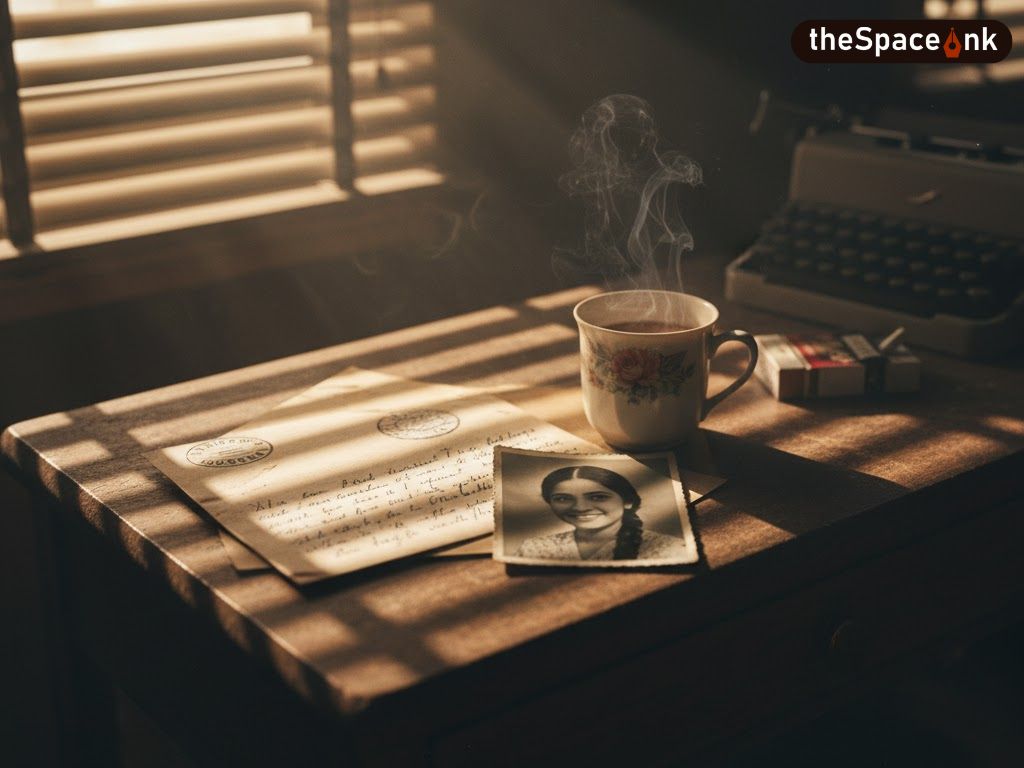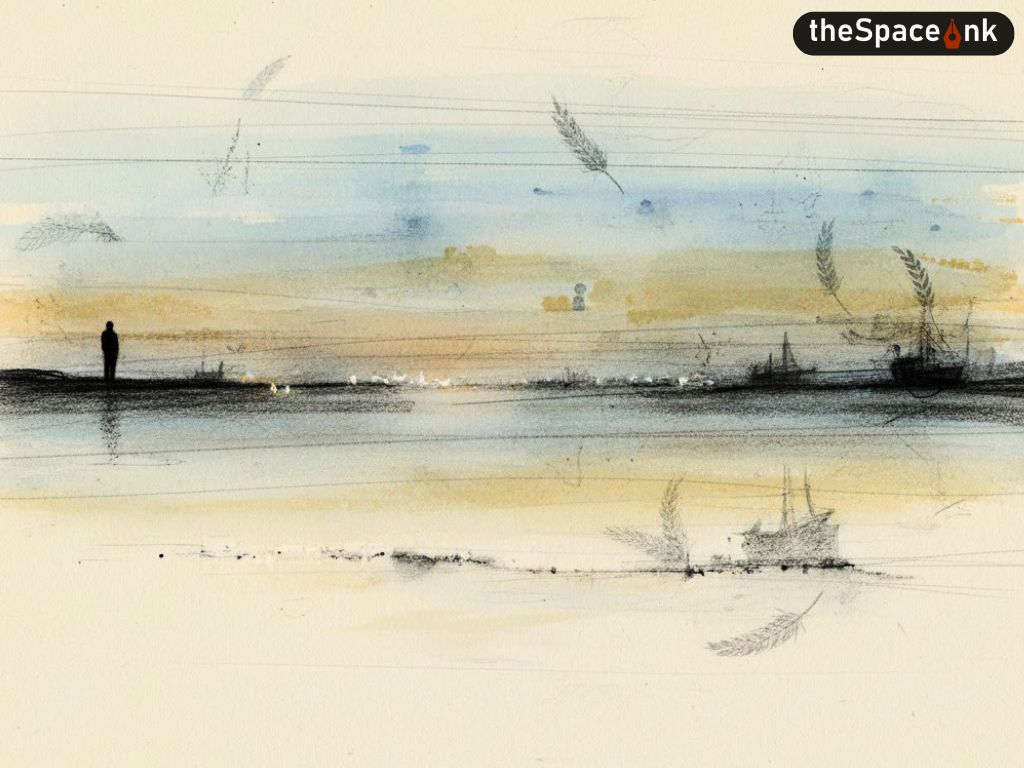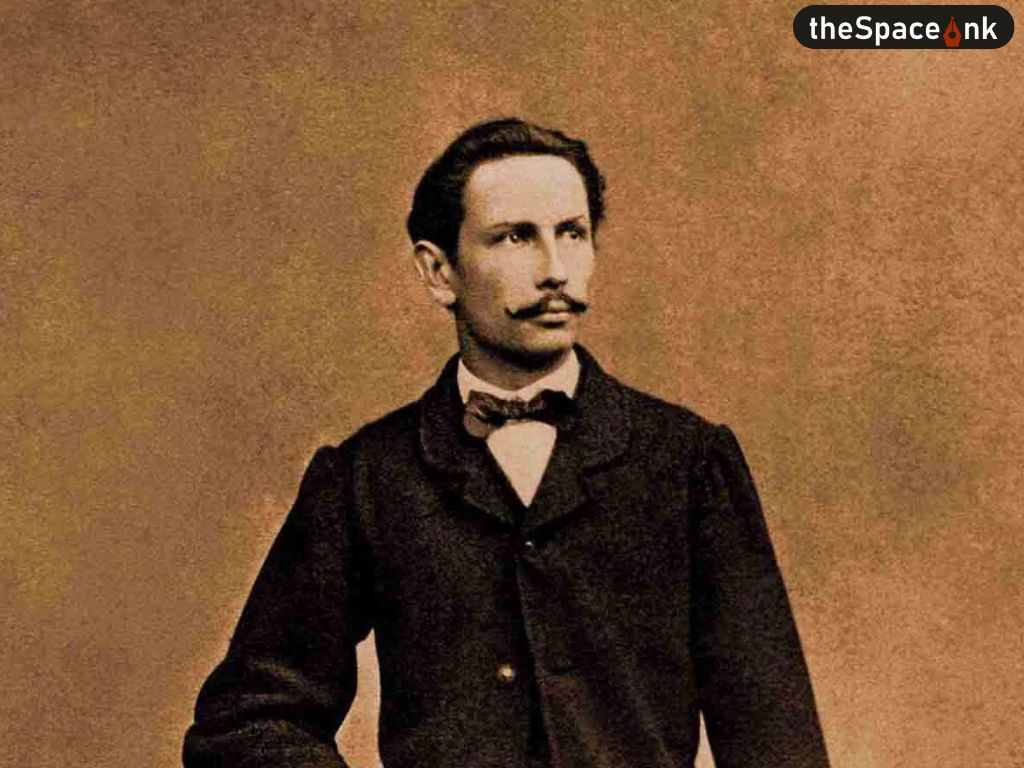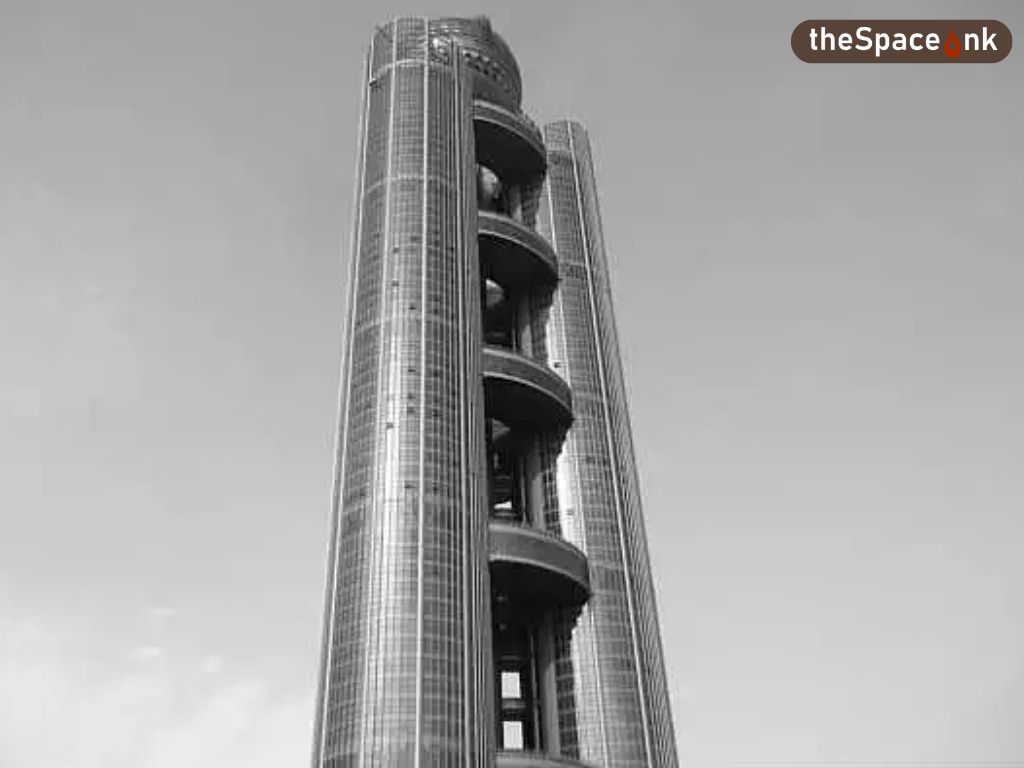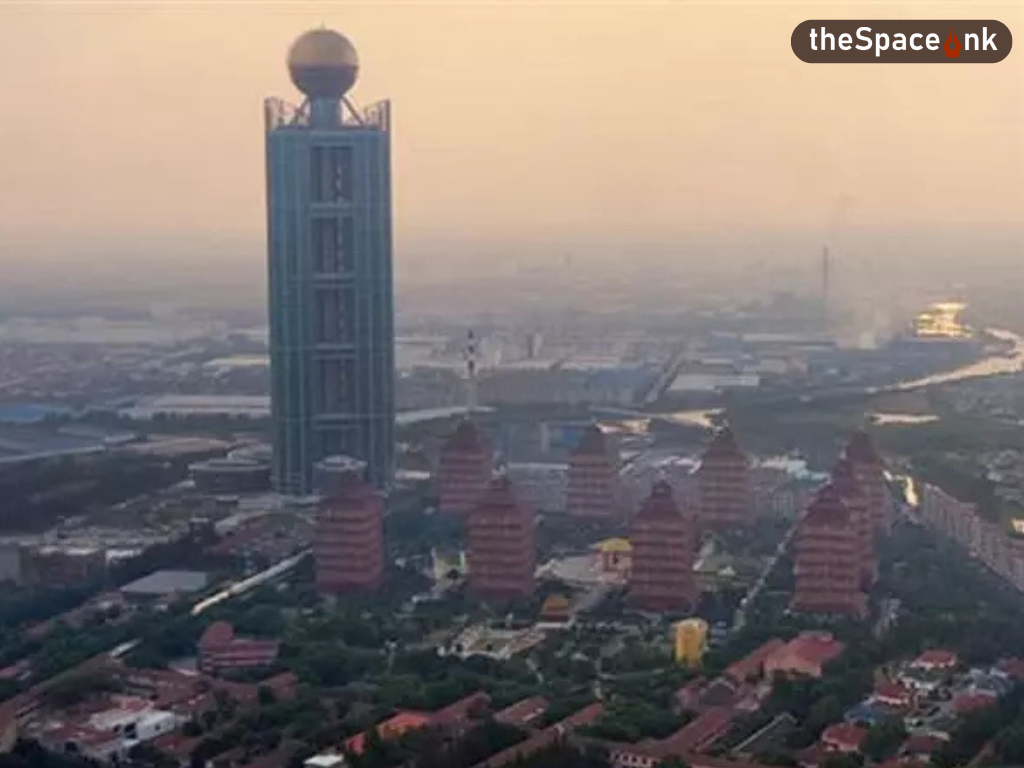(Proposal Letter)
This is not a review of the twenty-year-in-the-making novel, The Loneliness of Sonia and Sunny by Kiran Desai, which for me is currently a work in progress – WIP – in matters of reading.
This is about the pivot of the book: The proposal that Sunny Bhatia receives in far away America from the Shah family for their granddaughter/daughter Sonia, who is incidentally nearby. It is about the Proposal Letter which often comes with a photograph of the girl. The men’s side is more cautious. The Great Indian Proposal Letter that comes before the Big Fat Indian Wedding.
Also Read: Keeping Emergency Memories Alive
One fine morning, the letter from Sunny’s mother Babita arrives, listing all Sonia’s shortcomings, mind you. She is not brokering the deal or else she would be gloating and already happy about the control she would have over her future daughter-in-law. Those mothers who handpick a bride for their sons are full of her till the actual marriage takes place. The story somewhat changes after that but we Indian believe that life is indeed a gamble. And it is whichever you look at it. Till then girlfriends are totally unacceptable and anyone who does not meet mummyji’s high standards.

At least that was the case with Indian marriages till even 20 years ago; the period in which the novel was written.
It is the two grandfathers – Sonia and Sunny’s who are deciding on this alliance because Sonia is forever crying over the phone due to the loneliness and cold, which aggravates her in snowy Vermont. She is not very far from where Sunny baba lives in New York with his live-in girlfriend Ulla.
“The Indian man is immediately trapped. He keeps thinking about the young woman’s eyes, her smile. The spell has been cast. So has the die – iacta alea est. You cannot go back to what you were.”
He tosses the letter to her to read not really interested as he in a live-in relationship with Ulla, with whom he “shares a lease, a bed, utility bill and occasionally, a toothbrush” till a photograph falls out of the envelope. It is of a young slender woman with a pigtail to her waist wearing a “curry coloured coat.” And he is immediately piqued.
This is a life-changing piece of document called a proposal letter accompanied with a photograph of the prospective bride. It is a very important piece of document in the annals of marriages in India called Arranged Marriages. And in most cases, one look at the photo, the trajectory of love changes; something more erotic and beautiful happens in the minds of most Indian men; like their mother and future wife meld into the same frame of loving and giving. (Proposal Letter)
The Indian man is immediately trapped. He keeps thinking about the young woman’s eyes, her smile. The spell has been cast. So has the die – iacta alea est. You cannot go back to what you were.
“She was mostly clad in a simple sari, maybe embroidered at the edges, an ethnic blouse (remember fashion designs come in cycles) and minimum jewelry.”
It happened with my father, my uncles, my friends’ fathers, their uncles, and many other male relatives when it came to their marriage. In a certain period of Indian time, when an Indian woman came of age, read that as marriageable, she was photographed in no less than in a studio. All family albums will have a photo of that. Sepia tinted but once black and white that single photo stood the test of time in the beginning of a story. (Proposal Letter)
What timeless grace and beauty. It was common among all communities and religions, the prospective bride, many of them now dead and gone, looking so graceful and beautiful. Youth has its own beauty and many, if not most of these women, turned harsh with time, but that age anywhere between nineteen and twenty-one, remained frozen in that single photograph. Nothing could match whatever came after that – bride, motherhood.
Also Read: “A woman has to find her own path”
She was mostly clad in a simple sari, maybe embroidered at the edges, an ethnic blouse (remember fashion designs come in cycles) and minimum jewellery. She could not be too loud in her appearance, yet not too plain either. ‘See how my mother looked just like Suchitra Sen’ is what I have heard many men say pointing to the well-worn out grainy pictures of their mama darling. (Proposal Letter)
My aunts looked stunning at that age; never mind if one created havoc and broke up the family. But these things happen. I keep looking at their marriage photos Ah that photograph that sealed most arranged marriages. I note the fashion of the times, the butterfly pendant hanging on a slim chain, the chandelier earrings and am transported to a beautiful world of fantasy of forever romance.

Very few love matches happened back then but the photo always got the would-be groom’s heart. I remember a young uncle carried one in his breast pocket before his marriage. Once it had fallen out and I, true to my clumsy nature, almost trampled on it. He behaved as though I hurt his fragile heart and actually broke it into little pieces. (Proposal Letter)
“One look at the photo, the men living in India or abroad threw their love life, reason and logic outside the window, and was instantaneously smitten. It was logical but in a different kind of way.”
The letter would usually list the young woman’s talents – greatly exaggerated – and to gently persuade the young man to make up his mind. Sometimes more than one prospective match was offered to him but luckily one after another and not simultaneously. Never confuse the Indian man!
The Great Indian Proposal Letters had their own language. Usually a family relative penned it. It could be in English if the groom was in faraway England pursuing higher studies. All period literature by Bengali writers has instances of the proposal letter. In literature we do not get to see the photos unlike in films, but we do get vivid descriptions of her physical attributes. Rabindranath Tagore excelled in this. (Proposal Letter)

One look at the photo, the men living in India or abroad threw their love life, reason and logic outside the window, and was instantaneously smitten. It was logical but in a different kind of way.
Today marriage websites have pictures too but the pitfall is that some of these are prettified beyond recognition.
“I can almost hear the that old uncle soured with age and responsibilities, who brought in the proposal, (the men always did – the jethu, kaku, mama) or wrote that letter, chuckling. As for the novel, without giving away spoilers, you know where it is headed.”
The studios of yore were simpler like life itself was. Maybe a bit touching up here and there was done but no photo-shopping or digitally recreated. The simplicity, the grace, the vulnerable beauty was frozen in those eyes that looked forward to love, protection and happiness. (Proposal Letter)
And the young men fell hook, line and sinker and never looked back. They got prepared for war ready to take the bullets on their chests like gallant soldiers.
Also Read: “A woman has to find her own path”
I can almost hear the that old uncle soured with age and responsibilities, who brought in the proposal, (the men always did – the jethu, kaku, mama) or wrote that letter, chuckling. As for the novel, without giving away spoilers, you know where it is headed. I know too. (Proposal Letter)
Photo: AI
A masters' in Comparative Literature from Jadavpur University, Manjira Majumdar has dabbled in journalism, teaching and gender activism. She shares her love for cinema, books, art and four-legged creatures with her family consisting of a husband and two daughters.


